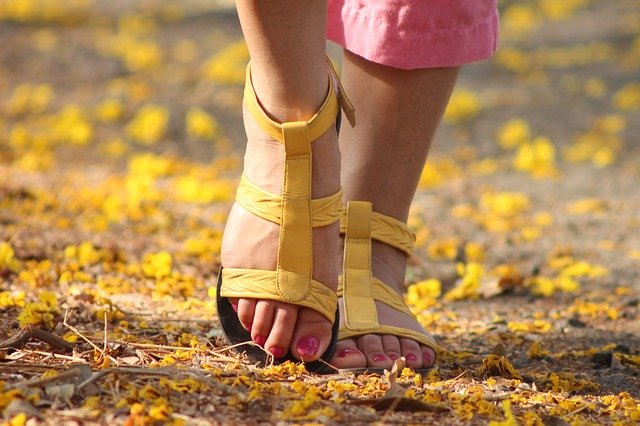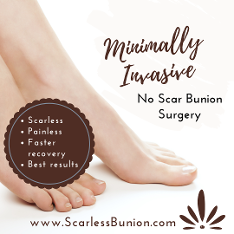A bunion is an abnormal positioning of the joints causing a bony protrusion at the base of the big toe. The deformity is characterized by lateral deviation of the big toe towards the other toes. This causes the base of the big toe to push outwards, hence, forming a bunion. When this bony deviation occurs on the small toe, this condition is called a bunionette.
Bunion Causes
The precise cause of bunions is still unknown. But in many cases, bunions can run in families. This can be seen among young children who develop bunions at an early age. The inherited abnormal biomechanics and weak structures of the foot can lead to instability of the metatarsal along the joints resulting to the deformity.

Bunion Causes
The precise cause of bunions is still unknown. But in many cases, bunions can run in families. This can be seen among young children who develop bunions at an early age. The inherited abnormal biomechanics and weak structures of the foot can lead to instability of the metatarsal along the joints resulting to the deformity.
Signs and Symptoms of Bunions
Besides the obvious deformity, bunions may or may not cause any symptoms.
A common symptom of bunion is foot pain. Since the bunion forms at the joint where the toe bends while walking, the entire weight of the body can compress this area with each step, causing mild to severe foot pain. Swelling, redness, and local tenderness can also occur. Pain is typically resolved with rest.
Treatment of Bunions
There are several ways to manage pain associated with bunions. Rest or wearing loose shoes or sandals can help alleviate pain. Non-steroidal anti-inflammatory medications like ibuprofen, acetylsalicylic acid and naproxen can help with pain and swelling. Cold compress can help as well.
The only way to permanently treat a bunion and its associated pain is to remove the bunion itself. Minimally invasive or scarless bunion surgery is a new surgical technique in removing bunions. This involves a very small incision and by using live x-ray, the surgeon can carefully align the toes. This procedure is totally painless and you can be up and about in just a few days. The traditional bunion surgery involves a large incision and hence, a larger scar, more discomfort, and longer recovery time.

Call (239) 430-3668 (FOOT)
for more information on scarless bunion surgery
or sign up for our Newsletter